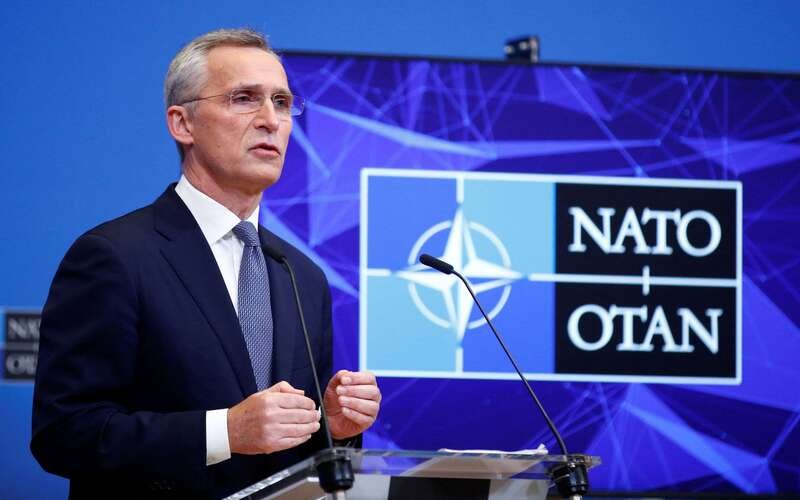NATO struggles in the shadows to select a new head. The NATO leadership competition is heating up. It’s a dark race with no clear winner. After nine years as NATO’s secretary-general, Jens Stoltenberg will retire in September.
Many allies want his succession decided before or at a NATO summit in Lithuania in mid-July.
That leaves NATO’s 31 states, from the U.S. to new member Finland to Turkey, little time to agree on a new chief. So instead, they might request a fourth term from Stoltenberg.
Whoever takes over must keep allies united in helping Ukraine while preventing any escalation that would bring NATO into a confrontation with Russia.
Last Monday, British Defence Secretary Ben Wallace said he wanted it. Danish Prime Minister Mette Frederiksen is also a contender for NATO’s first female secretary-general.
Though public, the contest is mostly conducted in leader-diplomat meetings. NATO members consult until they agree.
A 38-year NATO official, Jamie Shea, said leaders need skilled politicians, communicators, and diplomats.
“Keeping the family together, keeping everybody on board constantly, being in touch with all of the allies to make sure that you’re addressing their concerns, is an important part of the job,” said Shea, now at Chatham House.
Despite his alliance-wide respect, many diplomats consider Wallace a longshot for the job. Moreover, some members dislike his urge to date.
Many favor a former prime minister or president to give NATO’s boss political clout. Norwegian Prime Minister Stoltenberg was 64.
France wants European Union nations to improve NATO-EU relations.
Frederiksen meets all requirements. She’s not a candidate, but she’s not ruling out the job. NATO diplomats said she is being considered.
The White House confirmed Frederiksen would visit U.S. President Joe Biden in early June, sparking media interest again.
“I’m not applying for any job postings,” she told reporters in Copenhagen on Wednesday, denying that the visit was a NATO job interview.
Any viable candidate requires Washington’s support and NATO’s dominating power.
A person familiar with U.S. thinking said the Biden administration has no preferred candidate and is having a “lively debate” among top advisers.
A State Department official said it was “too early in the process to speculate on who the United States will support.”
2019 saw Denmark’s youngest prime minister, 45-year-old Social Democrat Frederiksen. She was re-elected last year after handling the COVID-19 pandemic well.
If she got the NATO role, she would have to resign as prime minister, which political observers say would topple her weak government.
Campaigning for NATO would be difficult.
Her country doesn’t meet NATO’s 2% GDP defense objective. Denmark is at 1.38%, but Frederiksen promises to accelerate efforts to meet the target.
Since Russia’s war in Ukraine has made Eastern Europe more crucial to NATO, some allies say the role should go to an Eastern European for the first time.
Frederiksen would be the third Nordic NATO chief in succession.
Diplomats and media have discussed Estonian Prime Minister Kaja Kallas, German European Commission President Ursula von der Leyen, and Canadian Deputy Prime Minister Chrystia Freeland.
Diplomats think Kallas is too hardline on Russia for some NATO members, Berlin wants von der Leyen to stay at the Commission, and Freeland faces big headwinds as a non-European from a defense laggard.
Mark Rutte and Pedro Sanchez are also mentioned. Rutte has denied wanting the position. Sanchez faces a general election this year.
Some diplomats believe many of the possibilities may be objectionable to Turkish President Tayyip Erdogan, who is poised to be re-elected on Sunday and has no problem thwarting NATO consensus.
Turkey and Hungary block Swedish NATO membership. Stoltenberg may be reappointed till the 2024 NATO summit due to a lack of viable contenders.
Stoltenberg says he won’t stay. However, he hasn’t specified how he’d answer if asked.












































Comment Template